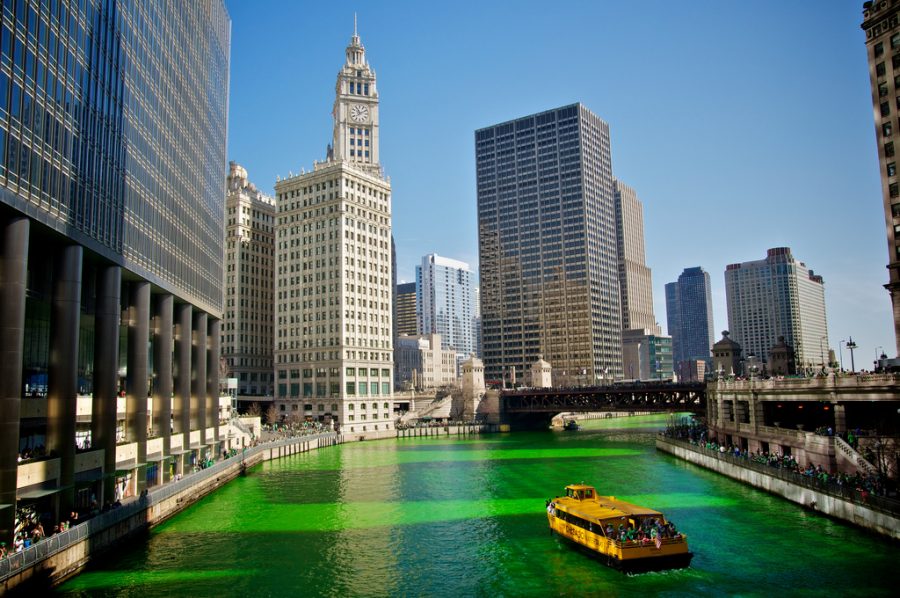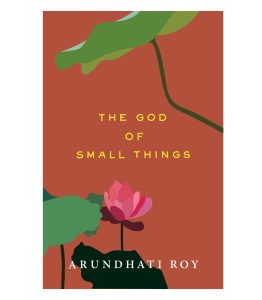St. Patrick’s Day Traditions: What Changed?
St. Patrick’s day parades took place on Sunday, March 17th.
April 1, 2019
Since St. Patrick’s Day is a holiday traditionally associated with the Irish, it would surprise most that St. Patrick is not originally Irish but, in fact, British! He was born in Roman Britain and was kidnapped and brought as a slave to Ireland when he was sixteen. He eventually escaped, but he later returned to the country, bringing Christianity with him. St. Patrick’s Day is observed on the anniversary of his death, March 17th, and has been celebrated by the Irish for over a thousand years.
After the Potato Famine began in 1845, many poor Irish Catholics immigrated to America, hoping for a better life without the fear of starvation. During this transition, Irish immigrants often struggled to find employment in American cities and were considered second-class citizens. Consequently, the Irish were portrayed by the media as drunk and aggressive animals after they first celebrated St. Patrick’s Day publicly. It is likely that this image inspired the way many celebrate the holiday today, with lots of drinking and reckless partying.
As time went on, Irish Americans’ celebrations morphed and grew. As of 2016, 32.3 million people in the States have Irish ancestry. Now, the holiday is celebrated with a massive New York City parade involving 300,000 participants, as well as parades in Boston, Chicago, Philadelphia, and Savannah, each with 10,000 to 20,000 attendees. Keep in mind, these celebrations are noted because of their sizes, but many other smaller celebrations take place throughout the country. Another colossal gesture is the pouring of 40 pounds of green dye into the Chicago River, to create a festive and fitting color to last five hours on the holiday.
While these flashy celebrations are popular on St. Patrick’s Day today, there are many that still maintain a traditional Irish celebration. Jack Keane, a CRLS sophomore, is one of those people: “Every year, I have a dinner with my family and we all gather around and eat potatoes, cabbage, and ham.”
When asked if he knew the history behind the holiday, Keane replied, “I know St. Patrick is the patron saint of Ireland, and that there’s a legend that says he drove all the snakes out of the country.” He explains, “Even though being Irish is a part of my culture, my parents never really went into depth talking about St. Patrick.”
Regardless of historical knowledge, Keane still believes that “it’s important to keep traditions alive so you can learn about your background, where your family comes from, and the different experiences every person has had.”
This piece also appears in our March 2019 print edition.










